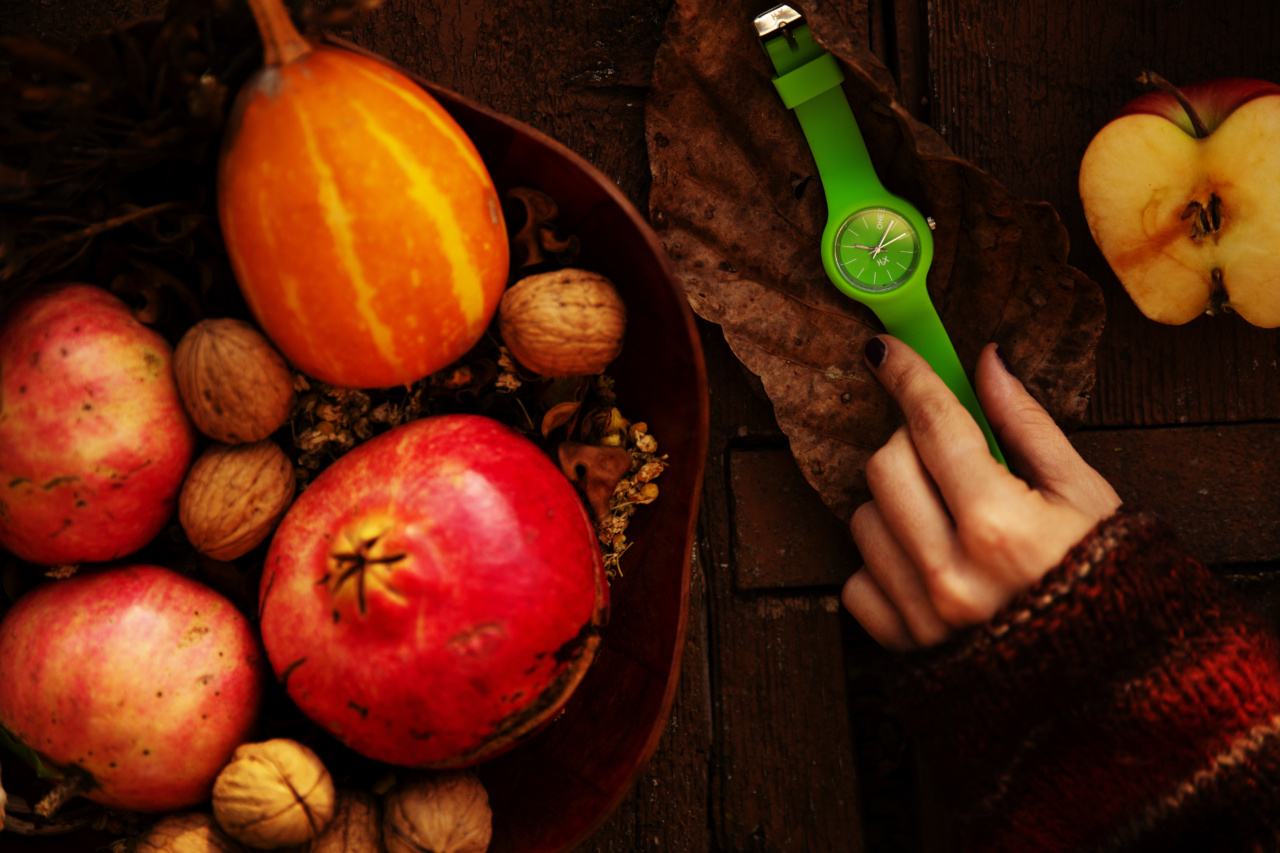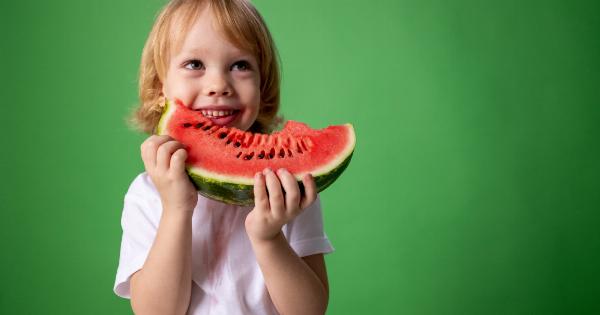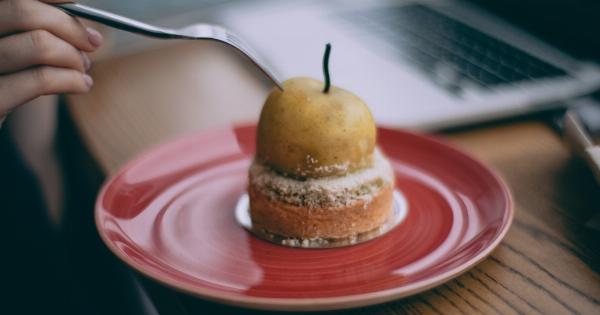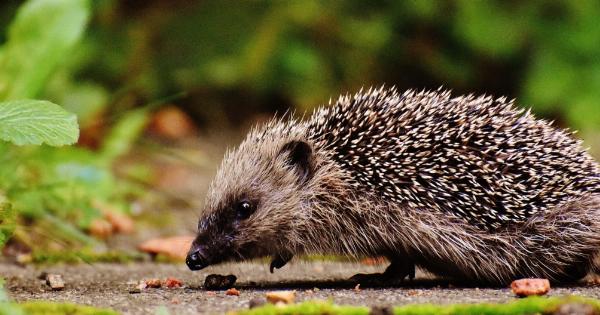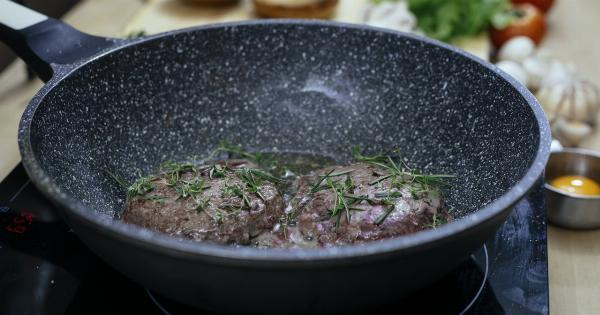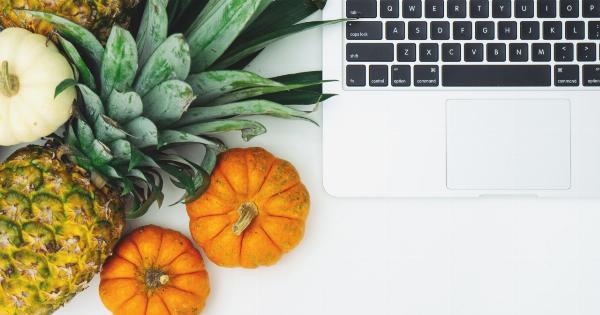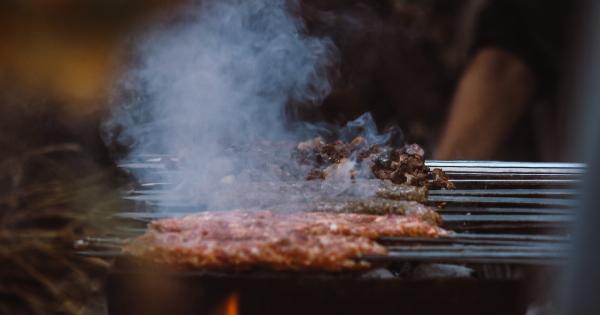Pumpkins are the quintessential fall vegetable. They not only make for great Halloween decorations, but they are also incredibly versatile in the kitchen.
From pumpkin pie to roasted pumpkin soup, there are so many ways to utilize the flavor of this classic gourd. However, preparing a whole pumpkin can seem like a daunting task. The flesh is dense, the skin is tough, and the seeds can be a real nuisance. With these tips, you’ll be able to create pumpkin perfection every time.
Tip 1: Choose the Right Pumpkin
The first step to great pumpkin dishes is selecting the right pumpkin. Not all pumpkins are created equal, and some pumpkins are better for carving than cooking.
Smaller pumpkins, like sugar pumpkins, are great for making pies or soups because they have a denser, sweeter flesh. Larger pumpkins, on the other hand, are better for carving. When selecting a pumpkin for cooking, look for one that is heavy for its size, with a dull, matte finish. Pumpkins should also be free of cracks and soft spots.
Tip 2: Prepare the Pumpkin
Once you’ve chosen your pumpkin, it’s time to prepare it for cooking. First, cut off the top of the pumpkin using a sharp knife. Then, scoop out the seeds and stringy flesh using a spoon or an ice cream scoop.
Don’t discard the seeds, though – they make for a delicious snack when roasted and seasoned. If you’re making a dish that calls for cubed pumpkin, remove the skin with a vegetable peeler or a sharp knife. Don’t worry if you can’t remove all the skin – it’s edible and full of nutrients.
Tip 3: Roast the Pumpkin
Roasting is one of the easiest and most delicious ways to prepare pumpkin. Preheat your oven to 400°F. Cut the pumpkin in half and remove the seeds and stringy flesh. Place the pumpkin halves cut-side down on a baking sheet lined with parchment paper.
Roast for 45 to 60 minutes, or until the flesh is tender when pierced with a fork. Remove the pumpkin from the oven and let it cool slightly. Use a spoon to scoop the flesh out of the skin. The roasted pumpkin can be used in a variety of dishes, from pumpkin soup to pumpkin bread.
Tip 4: Make Your Own Pumpkin Puree
Store-bought pumpkin puree is convenient, but nothing beats the taste of homemade. To make your own pumpkin puree, start by roasting a sugar pumpkin (see tip #3 for roasting instructions).
Once the pumpkin is cool enough to handle, scoop out the flesh and transfer it to a food processor or blender. Process the pumpkin until it is smooth and creamy. If the puree is too watery, strain it through a fine-mesh sieve to remove any excess liquid. Use the pumpkin puree in any recipe that calls for canned pumpkin.
Tip 5: Spice it Up
One of the best things about pumpkin is its versatility. Pumpkin pairs well with a variety of spices, from classic pumpkin pie spices like cinnamon, nutmeg, and allspice, to savory spices like cumin, coriander, and curry powder.
Don’t be afraid to experiment with different flavor combinations – you never know what you might discover.
Tip 6: Try Different Cooking Methods
In addition to roasting, there are many other ways to cook pumpkin. You can steam, boil, or even grill pumpkin. Each method will give you a slightly different texture and flavor.
For example, steaming will give you a softer, more delicate pumpkin flesh, while grilling will impart a smoky flavor. Experiment with different cooking methods to see which you like best.
Tip 7: Don’t Forget the Seeds
Pumpkin seeds are a delicious and healthy snack. To roast pumpkin seeds, rinse them in a colander to remove any pulp, then pat dry with a paper towel. Toss the seeds with a little bit of olive oil and any seasonings you like.
Spread the seeds in a single layer on a baking sheet and roast at 325°F for about 25 minutes, stirring occasionally, until they are golden brown and crunchy.
Tip 8: Use Every Part of the Pumpkin
The flesh and seeds aren’t the only edible parts of the pumpkin. The skin is also edible and full of nutrients. If you’re using cubed pumpkin in a recipe, keep the skin on for extra fiber and nutrients.
You can also make use of the pumpkin stem by using it as a decorative handle for pumpkin soup bowls or as a garnish for roasted pumpkin dishes.
Tip 9: Freeze Extra Pumpkin
If you have leftover pumpkin puree or roasted pumpkin, don’t let it go to waste. Freeze it for later use. Simply scoop the pumpkin into a freezer-safe container, label it with the date and contents, and freeze for up to 3 months.
Frozen pumpkin puree is perfect for making pumpkin bread, muffins, and pancakes.
Tip 10: Get Creative
Don’t be afraid to get creative with your pumpkin dishes. Pumpkin isn’t just for pies and soups – it can be used in a variety of sweet and savory dishes. Try making pumpkin enchiladas, pumpkin hummus, or even pumpkin mac and cheese.
With a little imagination (and some pumpkin puree), the possibilities are endless.
